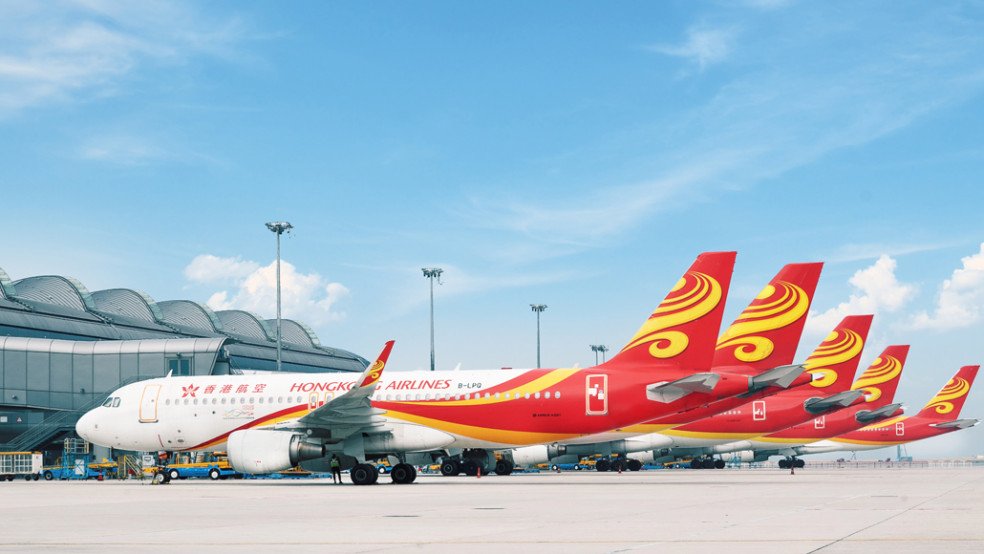Sydney Airport Breaks Passenger Records in December 2023
Sydney Airport experienced a remarkable surge in passenger traffic in December 2023, marking its strongest monthly performance since 2019. The airport witnessed 3.58 million passengers, a significant 15.8% increase from December 2022 and a notable 90.6% recovery when compared to the same month in 2019. This upswing in passenger numbers underscores a robust rebound for the airport, highlighting a post-pandemic resurgence in air travel.
A closer look at the traffic reveals that the T1 international terminal saw an impressive 1.50 million passengers, a 29.4% jump from the previous year and a 93.3% recovery from December 2019 figures. This surge in international travel is particularly noteworthy, as it signals a strong return of global connectivity.
Domestic and regional travel through the T2 and T3 terminals also saw an increase, with a 7.6% rise from last year, amounting to 2.08 million passengers. This growth in domestic travel contributes significantly to the overall passenger volume, indicating a resurgence in local tourism and business travel.
The cumulative impact of these monthly gains is substantial, with over 38 million passengers traversing Sydney Airport's terminals throughout 2023. This figure approaches the pre-pandemic annual record of 44.4 million passengers set in 2019, falling short by just 13%.
December 2023 marked a pivotal moment in the recovery of Australian air travel, with the number of travelers on Australian passports surpassing pre-COVID levels by 1.3%, compared to December 2019. Additionally, passenger numbers from South Korea and India exceeded their 2019 levels, reflecting a diversification in the origins and destinations of air travelers.
Operational efficiency at Sydney Airport also saw remarkable improvements. During the busy December school holiday period, the airport efficiently managed passenger flows, with 100% of domestic and 99.3% of international passengers clearing security in under 10 minutes. Traffic management was effective, especially at the domestic terminals where all kerbside drop-offs were completed within 10 minutes of vehicles entering the precinct.
Sydney Airport CEO Scott Charlton highlighted these achievements as a significant milestone in the airport’s recovery journey. He emphasized that surpassing 2019 Australian passenger volumes is a testament to the airport's resilience and adaptability in the post-COVID era. The CEO noted that while the year began with a 79% recovery rate and several challenges, such as closed borders and limited overseas route capacities, the situation had dramatically improved by year-end. The resurgence in the China market was particularly striking, with Sydney Airport recording one of the strongest recoveries globally in this sector. Additionally, the increase in international capacities boosted passenger volumes from India and South Korea.
Despite these positive trends, challenges remain, particularly in the domestic sector where airline capacities continue to affect passenger volumes. Charlton expressed optimism for 2024, anticipating growth in seat capacity and new services, further solidifying Sydney Airport's role as Australia’s gateway.
Reflecting on these developments, Sydney Airport plans to revamp its traffic reporting format in 2024. Moving away from monthly updates, the airport will shift to quarterly reports, with the first scheduled for release in April 2024.
This comprehensive recovery and operational efficiency not only highlight Sydney Airport’s resilience but also indicate a broader recovery trend in the aviation sector. The data, primarily based on Confirmed Airline Passenger (CAP) figures, includes estimates and is subject to revisions, ensuring accuracy and reliability in future reporting. This resurgence in passenger traffic is a positive sign for the global aviation industry, signaling a return to pre-pandemic travel patterns and preferences.






























